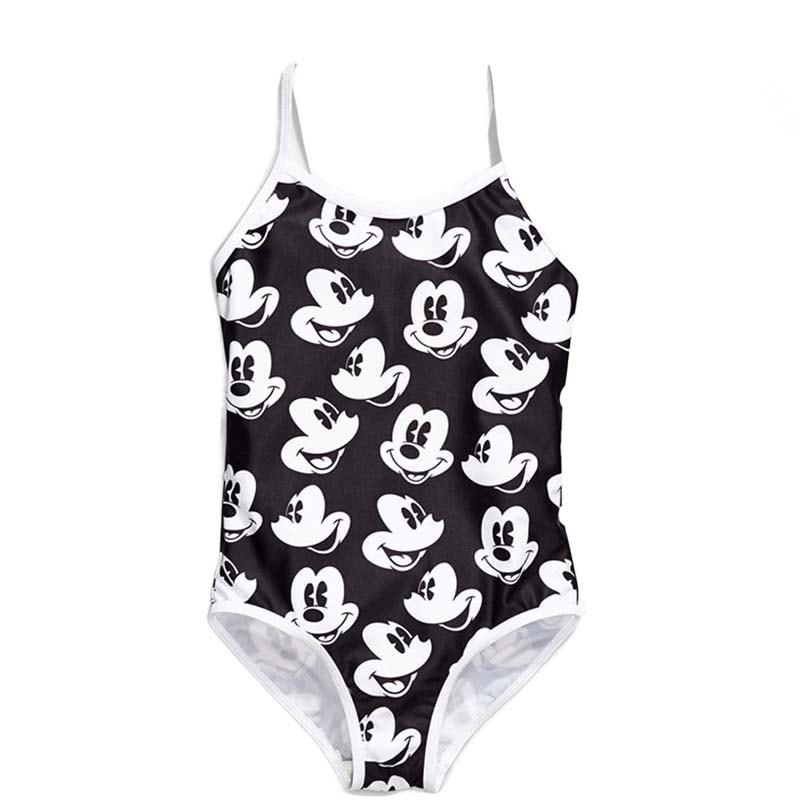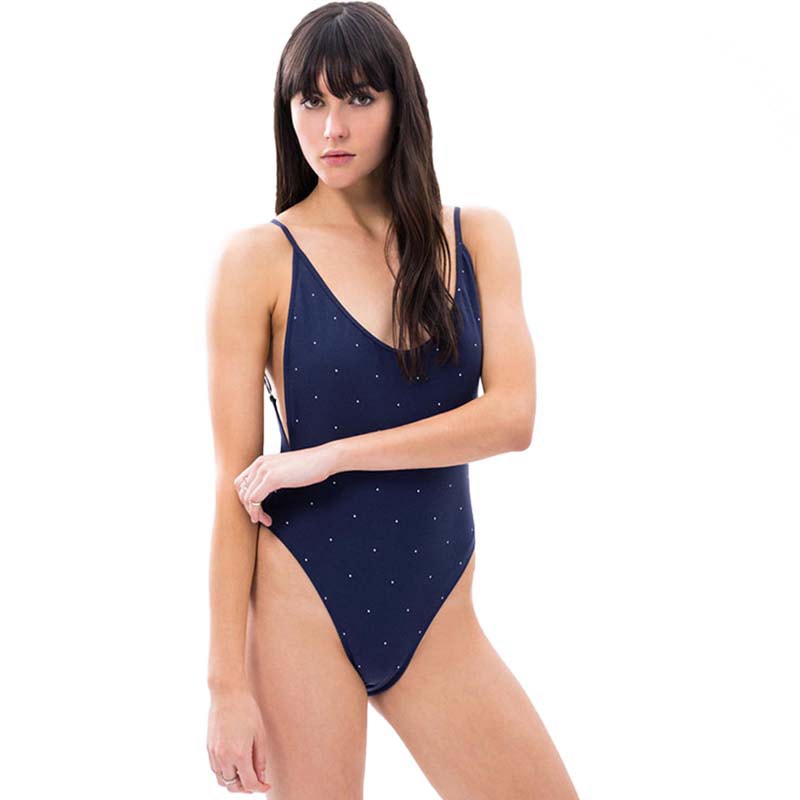How to Sew Swimsuit Fabric | Swim Fabric Sewing Guide
Hey there, creative sewers! Sewing your own swimsuit might seem like a daunting task, especially when dealing with stretch fabric and elastic, but trust me, with a bit of patience and the right techniques, you can create amazing custom swimwear you¡¯ll be proud to wear. Let¡¯s dive headfirst into the world of how to sew swimsuit material together, shall we?
What are the best fabrics to use when sewing a swimsuit?
Choosing the right fabric is crucial. According to industry data, Nylon Spandex and Polyester Spandex blends are the most popular choices, accounting for 80% of swimwear fabrics used globally. Here are some top picks:
- Polyester Spandex (80% Polyester, 20% Spandex): Durable, holds shape well, and resists chlorine.
- Nylon Spandex (82% Nylon, 18% Spandex): Soft, stretchy, and offers great fit and comfort.
- Tricot: Lightweight, smooth, and available in various blends, ideal for performance and active swimwear.
These fabrics ensure your swimsuit is both functional and fashionable, and using high-quality materials is a must for long-lasting swimwear.
Tips for Sewing Swimsuits
Let¡¯s make this process smoother with some key tips:
- Pre-wash your fabric: This prevents future shrinkage and removes any chemical coatings.
- Use stretch needles and elastic thread: These prevent puckering and breakage, ensuring a smoother sewing process.
- Employ a zigzag or stretch stitch: This provides better flexibility, allowing the fabric to stretch without breaking the seams.
- Keep your workspace clean and organized: Having a clutter-free space can significantly improve your efficiency and reduce errors.
Construction Tips:
1. FIND YOUR SIZE
Accurate measurements are vital. Measure your bust, waist, and hips properly, using a flexible measuring tape. It¡¯s like tailoring your swimsuit for a perfect fit, ensuring it¡¯s snug without being too tight. For swimwear, precision is key.
2. CHOOSE HIGH-QUALITY SWIMWEAR FABRIC
Opt for fabrics with at least 15-20% stretch both horizontally and vertically. High-quality fabrics, such as those used by leading brands, ensure a swimsuit that not only looks great but also lasts through numerous swims. According to industry research, high-quality fabrics can increase the lifespan of swimwear by up to 3 times compared to lower-quality options.
3. PICK YOUR SWIMWEAR LINING
Select a lining that is smooth, lightweight, and enhances the fabric’s properties without adding bulk. Swimwear lining improves comfort and coverage, and it often includes materials like polyamide or polyester for a smooth, non-irritating finish against the skin.
4. USE SWIMWEAR ELASTIC
Elastic is essential to keep the swimwear snug. Choose chlorine-resistant elastic for a longer lifespan. Brands that use chlorine-resistant elastic see a significant reduction in wear and tear, extending the garment’s usability.
5. CHOOSE THE BEST THREAD FOR SEWING SWIMWEAR
Polyester thread is strong and resists fading and degradation from chlorine exposure. It’s perfect for swimwear, providing durability and flexibility. This type of thread maintains its integrity through numerous washes and exposure to pool chemicals.
6. USE STRETCH NEEDLES FOR SWIMWEAR
Stretch needles are designed to sew through stretchy fabrics without skipping stitches. They¡¯re essential for a professional finish, ensuring the thread forms consistent loops and the fabric retains its stretchiness.
7. USE A ROTARY CUTTER
A rotary cutter provides clean and precise cuts, which is crucial when dealing with slippery swimsuit fabric. This tool helps maintain straight lines and prevents fabric distortion, which is especially important for patterned materials.
8. USE STRETCH STITCHES
A stretch stitch or a narrow zigzag allows the seams to stretch without breaking, ensuring comfort and durability. These stitches are essential for swimwear because they flex with the fabric, reducing the risk of seam damage over time.
9. HANDLE WITH CARE
Swimsuit fabric can be delicate. Handle it gently to avoid snags or distortion, especially while cutting and sewing. Using fabric clips instead of pins can reduce the risk of causing holes in the material.
10. SKIP THE IRON
High temperatures can damage swimsuit fabric. Instead, use steam or a pressing cloth if necessary. This keeps the fabric’s elasticity intact and prevents unwanted stretching or warping.
Needle Types for Sewing Swimwear Fabric
- Stretch Needles: Prevent skipped stitches on stretchy fabrics. They have a rounded tip that slides between fabric threads rather than piercing through them.
- Ballpoint Needles: Similar to stretch needles, they slide between threads without causing runs or damage, ideal for knit fabrics.
Thread Types for Sewing Swim Fabric
- Polyester Thread: Best for its strength and resistance to chlorine. It won’t degrade quickly when exposed to pool chemicals.
- Elastic Thread: Provides additional stretch, ideal for swimwear seams, especially in waistbands and leg openings.
Stitch Types for Sewing a Swim Suit
- Stretch Stitch: Allows flexibility and prevents seam breakage. It creates a durable seam that can endure stretching.
- Narrow Zigzag Stitch: Provides strong, stretchable seams that move with the fabric without breaking.
- Seam Finishing Stitch: Keeps edges clean and prevents fraying, giving the swimsuit a professional finish.
How to Sew Swimsuit Fabric Lining
Match your lining to your main fabric, pin and baste them together, then treat them as one layer. This method ensures a smoother sewing process and a more professional finish, preventing the main fabric from becoming see-through when wet.
How to apply elastic
Sew elastic by stretching it slightly as you sew it to the fabric edges, then fold it over and topstitch using a zigzag stitch. This helps the elastic snap back and hold the fabric firmly, creating a snug yet comfortable fit that retains its shape.
How to finish the edges
Use a serger or overstitch the raw edges with a zigzag stitch for a clean, professional look that prevents fraying and extends the life of your swimsuit. Properly finished edges resist unraveling, even after frequent use and washing.
Tools to make your life easier:
- Rotary Cutter
- Stretch Needles
- Elastic Thread
- Seam Ripper
- Loop Turner
You will need:
- High-quality swimwear fabric
- Matching lining
- Swimwear elastic
- Stretch needles
- Polyester thread
Sewing Machines & Sergers
While you can use a regular sewing machine, a serger can provide stronger, stretchable seams. If you¡¯re a serious swimwear creator, investing in a serger is worthwhile. Sergers offer clean, professional seam finishes that are highly durable.
Elastic
Use chlorine-resistant elastic to ensure your swimsuit maintains its shape and fit even after numerous swims. This type of elastic withstands the harsh effects of pool chemicals, prolonging the life of your garment.
Needles
Invest in stretch or ballpoint needles to prevent skipped stitches and fabric damage. These needles are designed to work efficiently with stretchy, knit fabrics ensuring smoother stitches.
Scissors
Sharp scissors or a rotary cutter are essential for clean fabric cuts. Precise cutting prevents fraying and ensures pieces align correctly during sewing.
Rotary Mat & Cutter
A rotary mat protects your workspace and ensures precise cuts with your rotary cutter. This combination is ideal for making straight, clean cuts on swimsuit fabric.
Acrylic Ruler
An acrylic ruler helps in measuring and cutting straight, even lines. Pair it with a rotary cutter for precise, consistent results.
Pattern Paper
Use pattern paper to create and trace your swimsuit designs. This is vital for replicating your pattern pieces accurately and consistently.
Pins/Clips
Clips are often better than pins for delicate swimsuit fabric, preventing holes and damage. They hold fabric securely without piercing it, reducing the risk of runs.
Loop Turner
A loop turner is ideal for turning straps and ties right-side out. It simplifies the process, saving time and effort.
Seam Ripper
Essential for fixing mistakes without damaging your fabric. A seam ripper allows you to carefully undo stitches for corrections.
FAQ
What is the best stitch for a bathing suit material?
The best stitch for sewing swimsuit material is a stretch stitch or a narrow zigzag stitch. These stitches allow the seam to stretch with the fabric, preventing breakage and ensuring durability.
How do you sew swimsuit fabric?
To sew swimsuit fabric, use stretch needles, polyester thread, and a stretch or zigzag stitch. Handle the fabric gently and apply elastic for a snug fit to ensure the garment maintains its shape and comfort.
Can you sew swimwear on a regular sewing machine?
Yes, you can sew swimwear on a regular sewing machine. Ensure you use stretch stitches and needles suitable for stretchy fabrics to achieve the best results.
Why won’t my sewing machine sew bathing suit material?
Your sewing machine might not be sewing bathing suit material properly because the needle is incorrect. Switch to a stretch or ballpoint needle and use a stretch stitch for best results, as these are designed to work with elastic fabrics. Adjusting the thread tension may also help.







